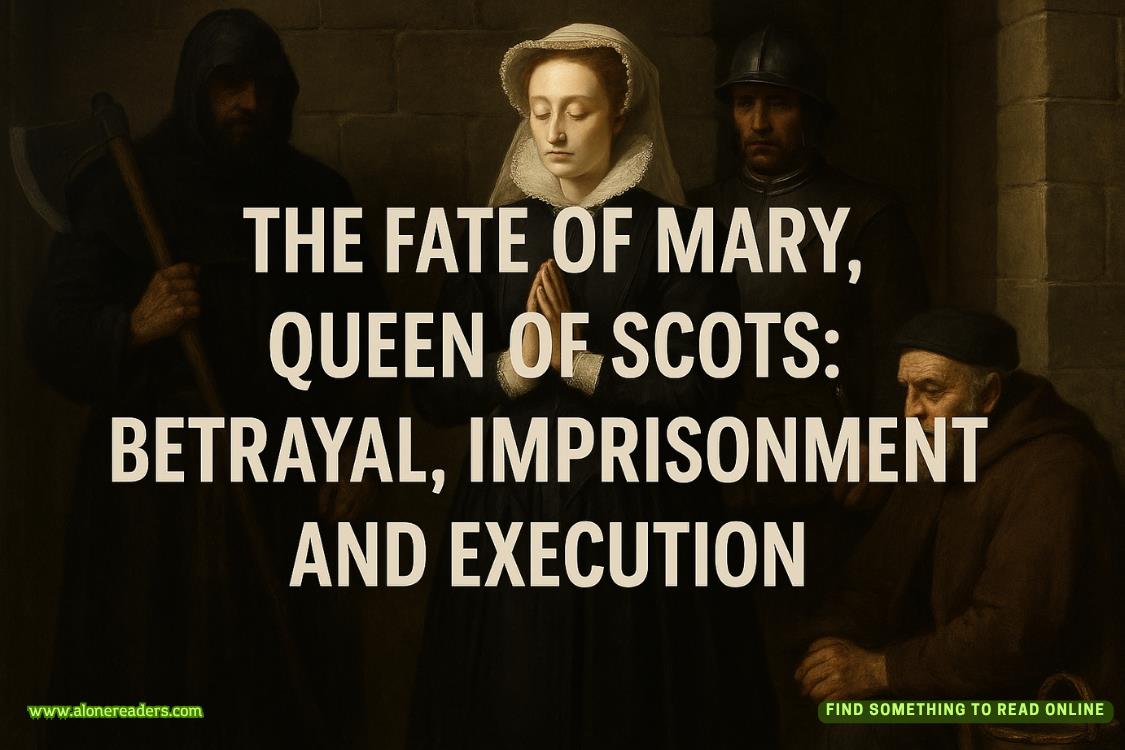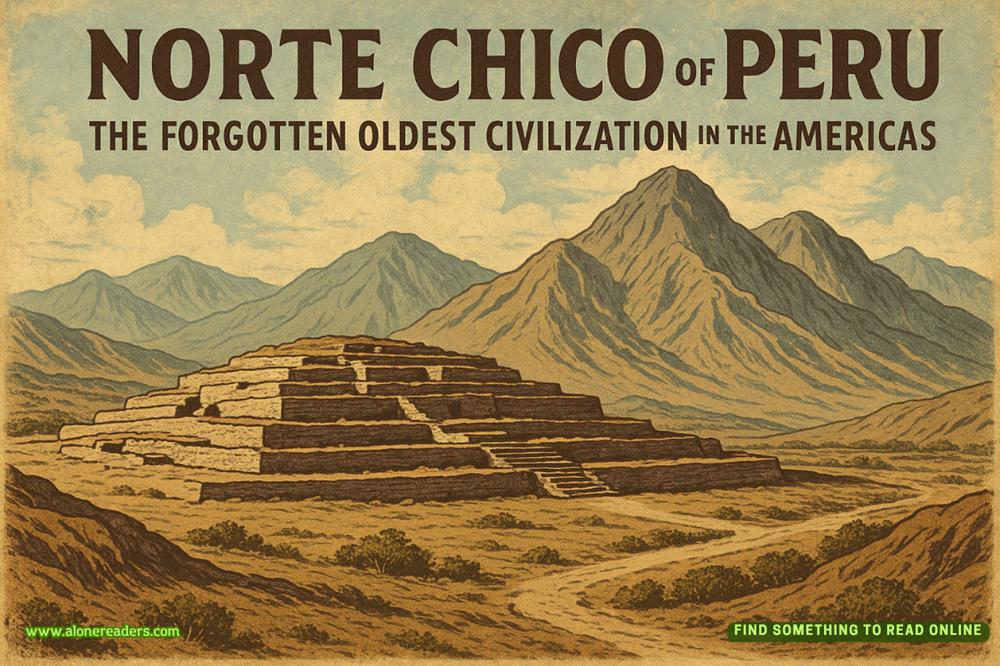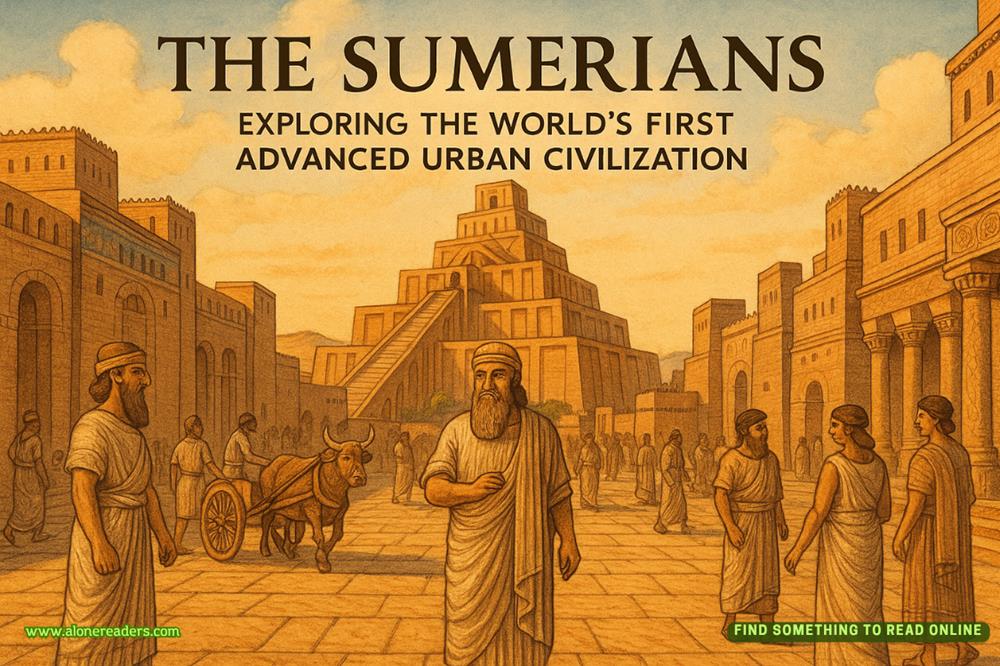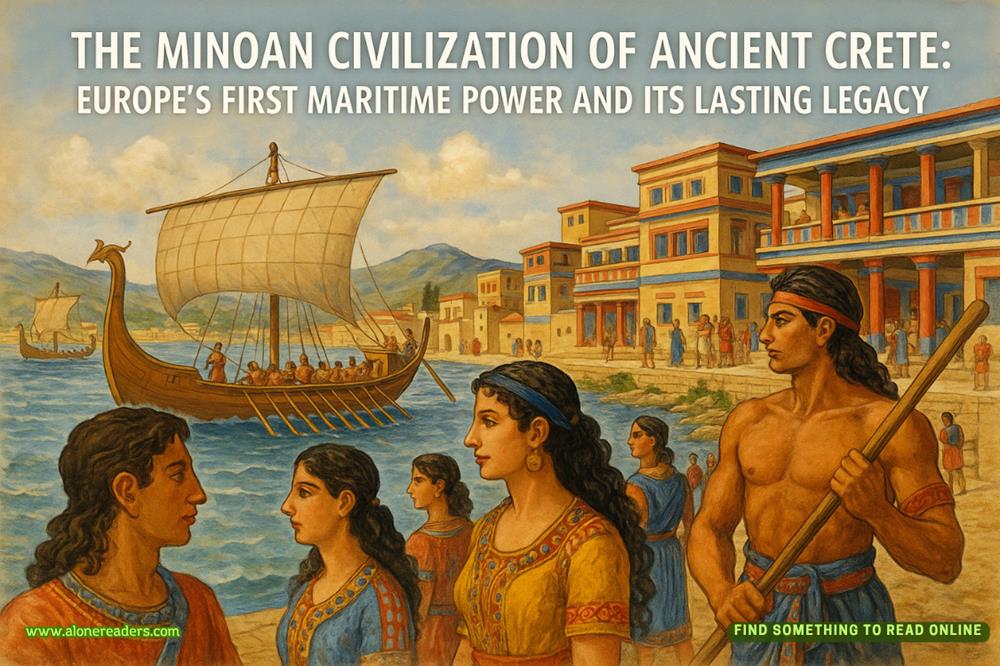Page 99 of In Too Deep
Reacher said, “Tell me about flying. Do you like it?”
McLeod nodded.
“Do you need legs that work, to fly? Arms?”
—
McLeod changed intojeans and a Hawaiian shirt with shoulder tags to hold his captain’s epaulets, then drove Reacher and Knight to the executive airport in his BMW. He parked two hangars away from his own then led the way between a pair of buildings. They approached the apron where his planes were parked, on foot. There were three aircraft clustered together. All were different models. Reacher recognized one kind. It was an ancient de Havilland. Built in Canada for a few decades after World War II. The US Army had used them for search and rescue missions. Reacher had been involved in a few of those. Although in his experience they generally wound up as search and recovery.
McLeod crossed to the left-hand side of the de Havilland. He opened a small door and gestured for Knight to crawl through to the middle row of seats. Reacher looped around and got in at the front. McLeod circled the plane. He was serious about his pre-flight inspection, despite the illicit nature of the flight itself. He climbed in behind the yoke, next to Reacher. Inside the plane, everything felt flimsy and worn. The seats were thin and the springs poked throughthe scant padding. Exposed metal was everywhere. All the signs and warnings had been applied with red paint. Some freehand. Some stenciled. Several almost completely rubbed off. The same went for the calibration markings on some of the controls. Most of the instruments looked like they’d been stolen from a museum. Although Reacher was surprised to see some modern ones shoehorned in, with digital readouts and color displays.
McLeod took a headset that had been hooked over his front sun visor and put it on. It had a microphone sticking out at the side. He pointed to a set of ear defenders in front of Reacher’s position, and another on Knight’s right-hand side. These were standard home improvement store items, hard and orange and plastic. Reacher and Knight pulled them on, anyway. McLeod started the engine. The propeller turned erratically for a moment, then fell into a steady rhythm. McLeod spoke to the tower, then eased a lever forward. The plane started to move.
The taxi out to the runway was bumpy, but not too loud. They trundled to the end, turned, and waited. Then McLeod opened the throttle. The plane shook and rattled and built up speed until it was able to claw its way into the air. McLeod held it straight, climbed, then pulled a tight 180-degree turn. Reacher could see a soccer stadium below them. A few wide, straight roads lined with businesses. Residential streets fringed with neat, square houses, many with pools. Strips of water. Taller buildings in the distance, including one that looked like the body of a giant guitar.
The plane was soon out over the water. It settled into a steady drone. The sun was to their left, halfway up in the sky. Land appeared after a shade under a half hour. Andros Island. Reacher could see a sandy coastline. Occasional clusters of cabins on the beach. Boats moored just offshore. Several piers jutting out into the water like pointing fingers. Many had structures at the end. They weremostly made of rough wood with roofs thatched with palm fronds, though a few were more substantial. A wide river cut through the island at one point. Trees covered most of the land, except for a handful of deep round holes that were filled with bright blue water.
Their destination had been determined before leaving McLeod’s house. Reacher had initially been in favor of going to the same landing strip that McLeod had taken Kane to the day before, but a problem had emerged. They compared the strip’s position on the map with the location of Vidic’s phone, which Wallwork had provided. The two did not match. The phone, and therefore presumably Kane, was about ten miles from the strip. McLeod reported having seen no taxis or vehicles or facilities of any kind when he had deposited Kane and unloaded his crates of gold. The place sounded like a dead end, so they decided on the island’s established airport, instead. Fresh Creek.
—
The landing wasbumpy. The runway was rough. It was a series of concrete slabs, set close together, but with definite gaps between them. McLeod bounced his way to the only building that was in sight.The Terminal.A hand-painted sign announced its international status, but one of the screws holding it up had rusted through, leaving it hanging down at a drunken angle.
Knight climbed out and walked toward the door markedArrivals.She had her passport in her hand and she moved slowly and calmly, like a regular tourist. McLeod swung the plane around. He guided it back along the runway, all the way to the far end. He swung the plane around again. When it was side-on to the terminal, Reacher opened the door. He slid out, dropped onto the ground, and rolled to the side. Then he scrambled up and darted into the belt of trees and shrubs that lined the site. McLeod rumbled the plane back towardthe terminal. Reacher pushed his way through the undergrowth. He was expecting to find a fence to climb but soon arrived at the side of a road that ran parallel to the runway. No cars were passing. No vehicles of any kind. No one had seen him. He glanced around one more time then sat at the edge of the blacktop.
Knight appeared after ten minutes. She was in a taxi. An aged Nissan minivan. She was driving it. She had struck a deal with its owner to rent it for the day. She had offered a thousand dollars. The woman hadn’t taken much persuading. Her only condition was that Knight give her a ride home first, which was five minutes from the airport. When they pulled up outside her house, Knight struck another deal. A hundred dollars for the use of a pair of binoculars.
Reacher climbed into the passenger seat. Knight didn’t speak for the first few minutes. She was busy adjusting to driving on the left. It was the first time she’d ever done that. She pulled up a map on her phone and entered Vidic’s location. It was fifteen miles away. The roads were wide and generally straight with a few tight turns and narrow bridges over rivers and streams. There was next to no other traffic. Very few houses. The ones they saw were small and low, set back from the road, and mostly disappearing into the trees. A handful of new ones were under construction, all concrete and rebar. The sites were all fenced off and no one seemed to be actively engaged in the process of building them. There were several churches, which looked to be in good condition, and numerous vehicles abandoned at the side of the road, which did not. There were trees everywhere, but not many flowers.
When the phone’s map said they were a quarter mile from their destination, it called for them to turn left, toward the ocean, along a straight, narrow road. In reality it was little more than a track, cutting through a mangrove swamp. Knight stopped the cab. Reacher got out. He had the binoculars. He used them to observe the onebuilding that was visible. It was ahead and to the right. But not on the land. Not even on the beach. It was perched on the end of a pier, thirty yards from the shore. Three cars were parked at the water’s edge. They were nondescript Japanese sedans. Probably all that was available to rent or buy on the island at short notice.
Reacher climbed onto the roof of the minivan to improve his vantage point. He lay flat and trained the binoculars on the building. It was the most substantial structure he’d seen on a pier, either from the plane or the taxi. It was an octagonal shape for optimal views of the island and the ocean. It was built of brick and stone, not wood. It had a tiled roof that was covered with solar panels. Glazed windows. And a solid-looking front door. A deck ran all the way around it, edged with a rustic wooden railing. A ladder ran down to the surface of the water and a boat was moored to one of the stone pillars that supported the house. A Zodiac, with twin outboard motors. It looked fast even when it wasn’t moving. The pier led away from the center of a gentle cove, and the nearest points of land were symmetrical promontories, each about a quarter of a mile from the house itself.
Reacher stayed on the roof for ten minutes, then slid down and told Knight what he’d seen.
She said, “What about Kane?”
“He was there. And so were his four guys.”
Chapter37
Reacher and Knight climbed backinto the minivan and took a moment to assess their situation. The outlook was not favorable. They were outnumbered five to two. Their opponents had a prime position. It had an unobstructed 360-degree view of its surroundings and the only dry approach was along an exposed pier that offered no cover whatsoever.
Reacher said, “The best approach would be a siege, all things being equal.”
Knight said, “We could do that. Keep watch. Stop anyone who tries to approach in case they’re here to buy the memory stick. Then hand the gig over to the Feds on Thursday.”
“True. But all things aren’t equal. What if Kane emails the report to a buyer? What if the buyer shows up on a boat? How would we stop them? Or a float plane. Or a helicopter. Or Kane leaves on his boat? No. The only option is a deliberate attack.”
“That’s impossible.”
“No. Just difficult.”
“So what’s the plan?”
“Two phases. First we reduce their numerical advantage. I want you to set a marker on this road. I’ll hide in the mangroves at the side. There’s plenty of room in their crazy roots. You continue. Drive all the way up to the parked cars. Then make a nuisance of yourself. Crash into one of the cars, maybe. Set its alarm going. Slash its tires. Make it look like you’re going to steal it, or light it on fire. Keep going till one of the guys comes running across the pier. More than one, if we’re lucky. Then turn around and hightail it out of there. Don’t stop till you reach the marker. The road’s so narrow they’ll have to stop, too. Get down in case they open fire. Then I’ll hit them from the side.”
—















